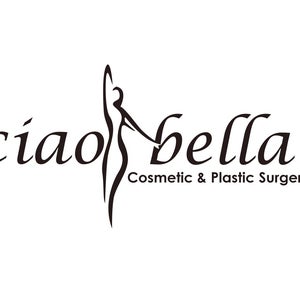
MEET Andres Zavala, DO
12 YEARS OF EXPERIENCE
Location

Before and After Photos
ANDRES ZAVALA, DO REVIEWS
START YOUR REVIEW FOR
Andres Zavala, DO
Select your rating:
1 Result
Highly Recommend Dr. Andres Zavala
I think Dr. Andres and his staff were fabulous. They treated me like I was their only patient. Dr. Andres was so nice and explained everything in great detail. He answered all my questions and concerns. Great Doctor!!
WE SEND PRETTY
EMAILS
What’s trending? Who’s turning heads? Which TikTok myths need busting? We’ve got you. No fluff, no gatekeeping—just real talk. Get our free, unfiltered newsletter.
